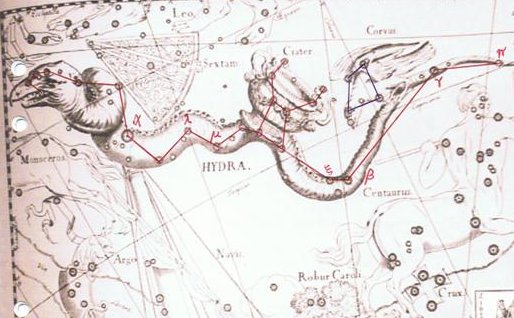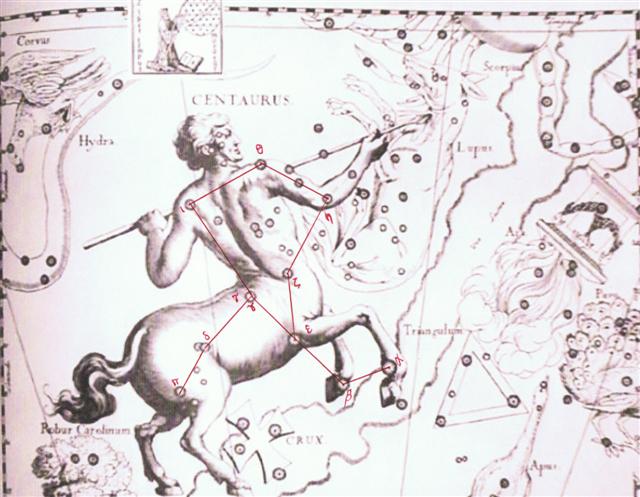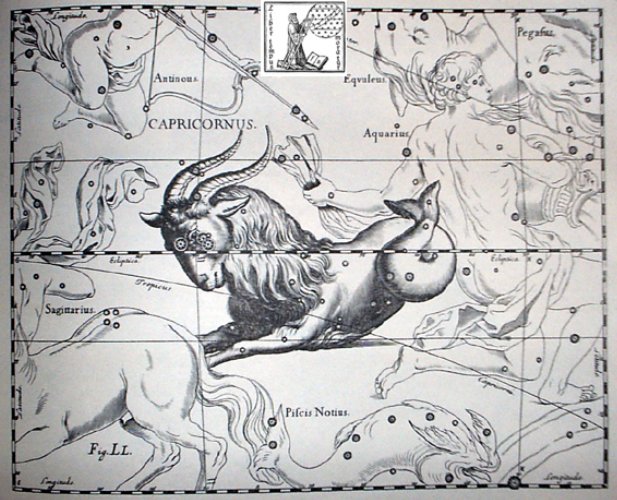We should look closer. Below I have upgraded my table. The first step is to insert the glyph number 447. Then, supposing, March 21 (0h) is at Rogo in glyph 409, we can find the right ascension day as = 447 - 409 = 38. This in turn will translate to Gregorian day 80 + 38 = 118 (April 28):
118 equals 4 lunar synodic months. 4 * 29½ = 118. The corresponding manzil day is 118 - 136 + 365 = 347. I have no star listed in RA days 36-38. By the way, 447 + 63 + 80 = 590 = 20 * 29½ (= 5 * 118). If the basic cycle should be 4 * 118 = 472 = 16 * 29½ days, then we can guess its last quarter could begin with glyph 329 (= 447 - 118). This number coincides with that of November 25 when in rongorongo times Antares rose heliacally.
April 17 (107) was the date when Polaris, Sheratan, and several other prominent stars, were rising heliacally. 392 - 365 = 27 equals 107 - 80, the distance from March 21 to April 17. If the basic cycle should be regarded as 5 * 118 = 590 nights, then it could end with a last quarter stretching from Gb8-30 to the day when π Virginis (181.0) rose heliacally:
These glyphs appear to be in harmony with a new little one being born at ο-mikron Virginis. The star Ukdah (ι Hydrae) rose in RA day 145 (= 5 * 29) and the corresponding date numbers were 80 + 145 = 225 (= 9 * 25) respectively 225 - 136 = 89. Ukdah is the star above α, where there is a 'knot' in Hydra:
Counting from the beginning of the G text all the way forward to the reversed manu rere results in other dates than those derived from Rogo in Gb6-26 at 0h: 447 = 365 + 82 and then the RA day will be reached by adding 63. 82 + 63 = 145 (May 25). We remember the possible Saturn reading of the Gregorian date May 25 (5-25 = 5 * 5 * 5), which implies a new fire should be on its way. And RA day 145 is the same as Gregorian day 145 + 80 = 225 (August 13). I have coloured these stars (Ukdah etc) after the day numbers in the Gregorian month. To reach these dates we have to add 107 (= 472 - 365), e.g. is August 13 (225) = 118 (April 28) + 107. Next we should find the nakshatra dates and stars for this pair of alternative ways to read the G text. My method is to reduce the Gregorian day number with 182 or to add 183:
We had better summarize:
Toliman (α Centauri) is the star closest to our system and therefore perceived as very bright. Its position is at the right front hoof of the horse:
In rongorongo times Toliman could be seen close to the full moon around April 28 where the text has a reversed manu rere. Toliman rose with the sun in October 28 wich is day 300 + 1. I think these facts support the first reading of the text, viz. a continuation at least from Rogo in Gb6-26 to the beginning of side a. The other reading of the text has Nashira (γ Capricorni) close to the full moon. It is a not very bright star at the fish tail of the Goat:
Nashira was close to the full moon in February 12 (408), because 225 (August 13) + 183 = 408. This number coincides with that for the glyph preceding Rogo in Gb6-26. Also this reading is therefore quite possible:
In C manu kara etahi (Ca10-26) corresponds to manzil day 225 (= 361 - 136):
225 can also be explained as 408 - 183. The glyph type manu kara etahi has no wing in front:
I think my arguments regarding κ and Lyra has proven (as far as such can be) that the basic idea behind manu kara etahi is to clearly show there is no wing in front. The time of wings are at left, in the past, maybe because the time ahead is a time for fishes.
The manzil day numbers (225 and 408) are the same as the Gregorian day numbers in G according to the alternative when the reversed manu rere is regarded as standing 145 days after March 21. | ||||||||||||||||||||||||||||||||||||||||||||||||||||||||||||||||||||||||||||||||||||||||||||||||||||||||||||||||||||||||||||||||||||||||||||||||||||||||||||||||||||||||||||||||||||||||||||||||||||||||||||||||||||||||||||||||||||||













